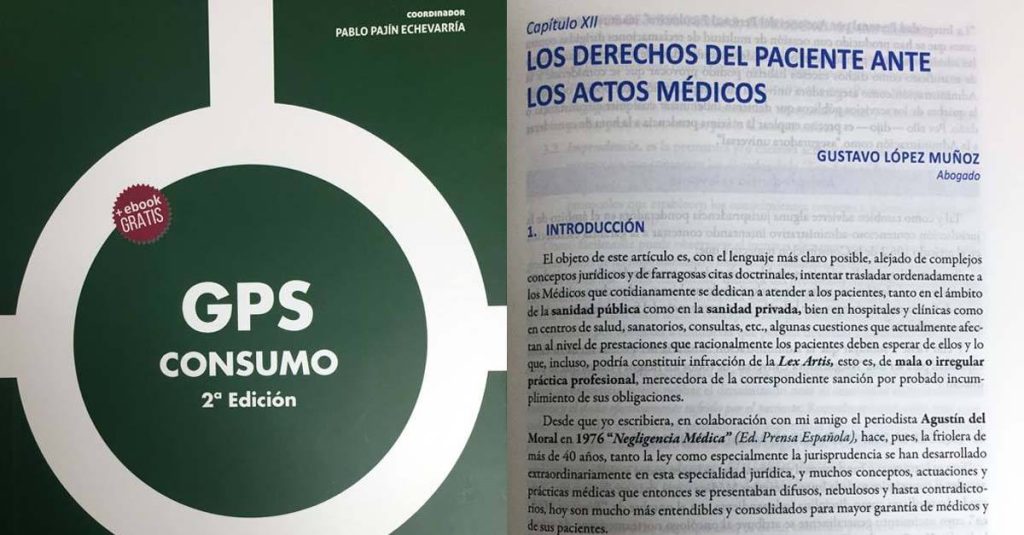Deadlines to bring actions in labor matters

An issue of great importance in the labor process is the limitation and expiration periods to take into account when exercising actions. p>
To begin with, we must understand the difference between the prescription and expiration.
- Expiration: according to the Legal Encyclopedia, expiration is the extinction of a right by the passage of time that the law grants for its exercise. The expiration period can only be suspended, that is, if its computation is paralyzed by any legal action, once resumed, only the remaining time will be counted and not from the beginning.
- Prescription: the prescription is the extinction of a right due to the passage of time together with the non-exercise of the right. The limitation period, unlike the expiration period, can be interrupted. That is, if its computation is paralyzed, once resumed, it will start counting from the beginning.
The expiration periods and the prescription to exercise actions derived from the contract are regulated in articles 59 and 60 of the Workers Statute.
We can summarize these articles in the following terms:
- Actions that do not have a special term indicated: prescription of one year
- Action against dismissal or termination of temporary contracts: expiration of 20 business days.
- Actions against business decisions regarding geographic mobility and substantial modification of working conditions: 20 business days.
- Infringements committed by the employer: 3-year prescription (Royal Legislative Decree 5/2000, of August 4)
- Faults by workers: minor (prescription of 10 business days), serious (prescription of 20 business days), very serious (60 business days from the knowledge of the Company, and 6 months from when the offense was committed).
Let’s see an example:
A worker receives a dismissal letter on September 4, 2017, therefore, as of September 5, 2017, the expiration date of 20 days to exercise begins. actions against dismissal.
The worker requests conciliation by means of a ballot presented on September 11 (the 5th business day, within the period of 20 business days).
The expiration period is suspended, and the prescription period is interrupted until the conciliation is concluded.
The conciliation act is held on September 26 and is formalized without compromise (the conflict is not resolved), so the next step it would be the trial.
The expiration period resumes on September 27, continuing the calculation on its 6th business day, on the other hand, the limitation period begins to count again (1st business day ).
Once this complex issue has been clarified, we are going to focus on the computation of the terms to exercise the action against dismissal.
Art. 59.3 of the Workers’ Statute establishes:
“The exercise of the action against the dismissal… will expire twenty days after that in which it occurred”
but and when is it understood that the dismissal has taken place? This is a rather complex issue.
This same article in its first section establishes:
«the contract will be considered terminated:
The day the agreed duration expires.
The day the provision of continued services ends.”
Therefore, it is generally understood that the calculation begins once the dismissal occurs.
However, by law (art. 53 and 55 ET), the dismissal letter must specify the effective date, which has no why coincide with the notification date.
That is, a worker can receive a dismissal letter on September 25, 2017, but with effect on September 20 of the same year; or it may be that the effective date is later than the notification date.
To determine the “dies a quo” (starting day of the computation), the Courts in numerous jurisprudence have collected the following points (STSJ Andalucía 3452 /2016 of December 15):
- As a general rule, the term begins to run from the day following the effective date of the dismissal.
- If the effective date of the dismissal and the notification to the worker coincide, this will be the relevant date for the beginning of the computation to exercise the action.
- If the effective date is later than the notification date, the relevant date will be the notification date.
- If the effective date is prior to the notification to the worker, the relevant date will be the date of notification, with the exception that it is proven that the worker, knowing of the existence of the dismissal, refuses to receive the notification with the intention of prolong the accrual of salaries, or accrue the expiration date of the action.
Conclusions
With this article, what we wanted to show is the importance of knowing the legal expiration and prescription periods and their computation in the Labor Law.
There is numerous jurisprudence in the labor process that has turned out to reject the petition of the parties due to expiration or prescription of the action.
The Law gives the worker the opportunity to defend himself against a dismissal, sanction or any other resolution with which he is not satisfied, so it is convenient once there is proving notice of the resolution, start counting the days so that we can exercise the action.
29/09/2017



















